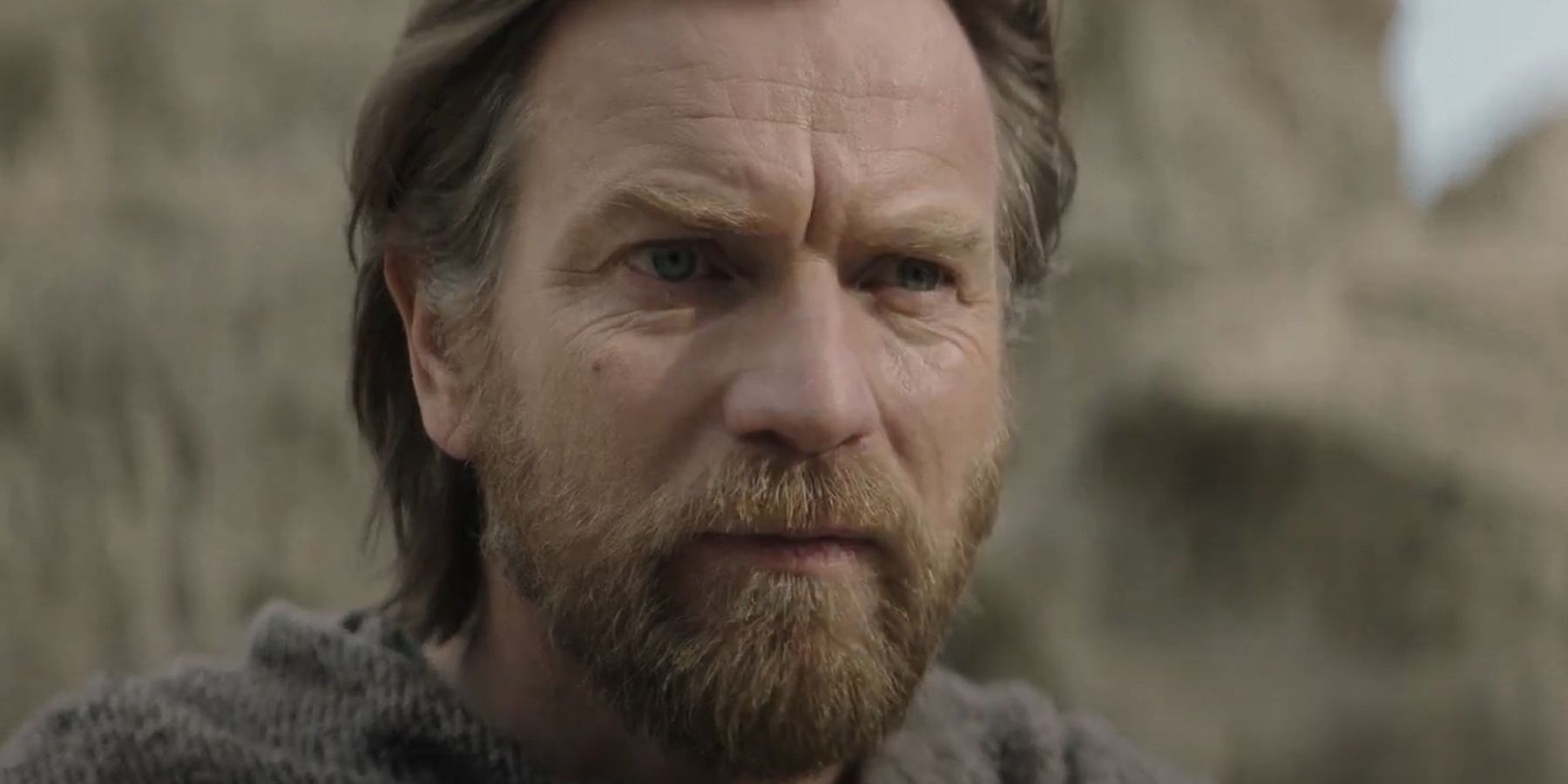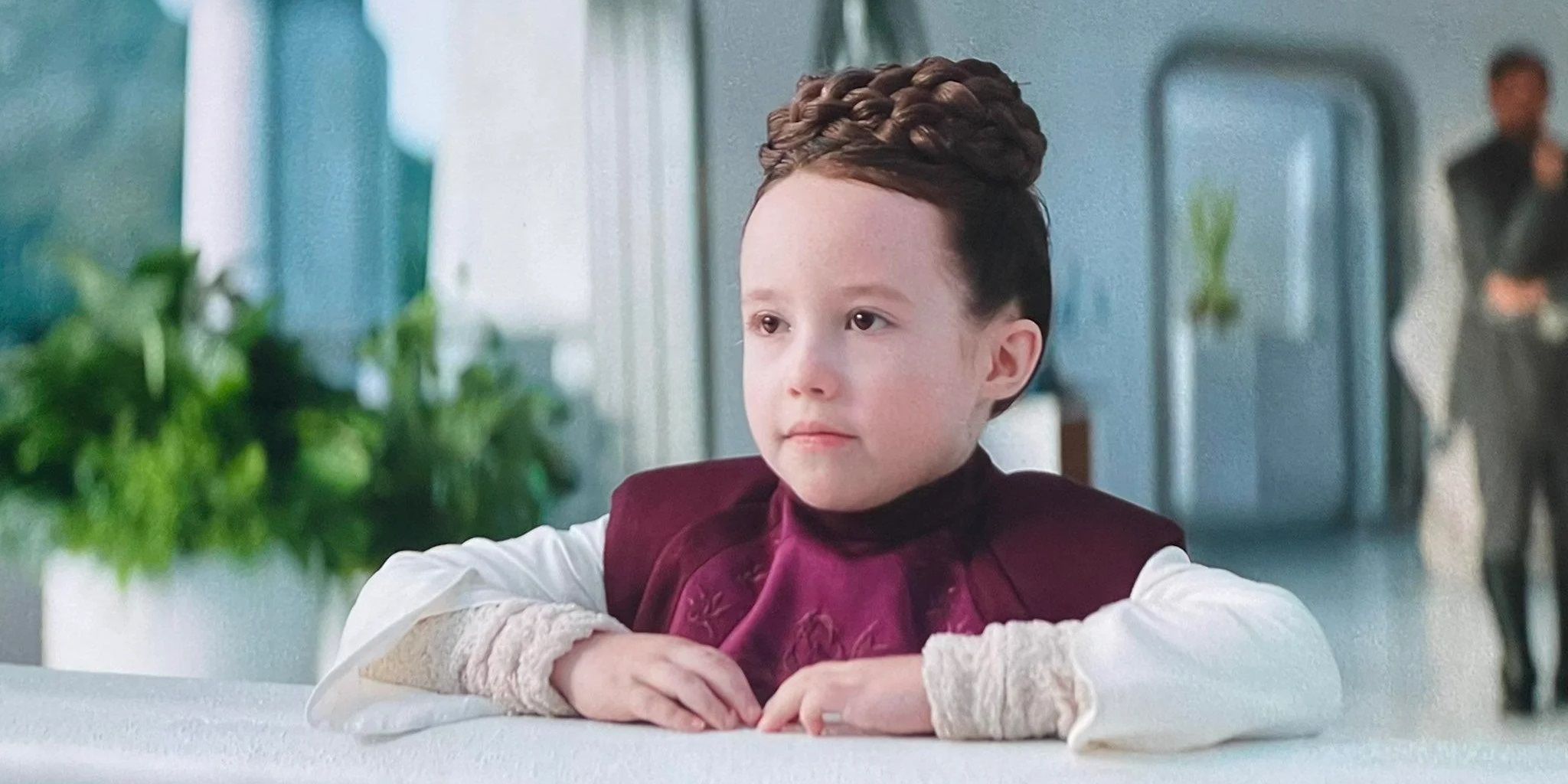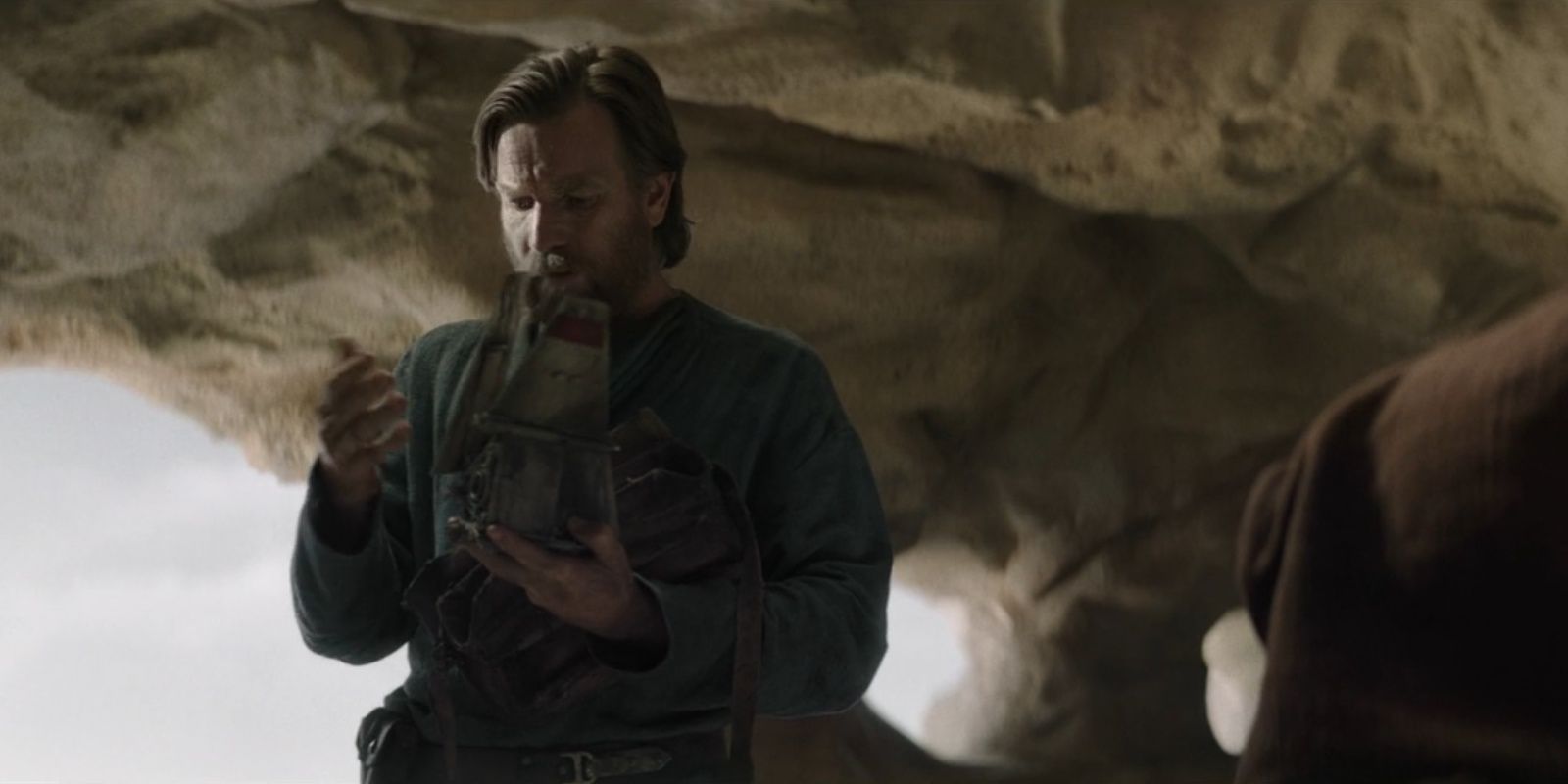Developing the franchise timeline is a long and complex process, but every new entry into the history of a character with a defined ending has an uphill battle. It can be impossible to build tension when the story has a thousand built-in spoilers and the ending was settled decades ago.
Obi-Wan Kenobi dramatizes the life of one of the most beloved Star Wars characters in the period between the prequels and the original trilogy. The main cast of the series includes the eponymous Obi-Wan and a young Princess Leia, both of whom died on-screen in other Star Wars projects. This makes it pretty tough to see young Leia dangling from a high wire and ignore the fact that we all know she'll be fine.
Obi-Wan Kenobi will end with the titular former master living on Tatooine as a hermit and watching over Luke as he comes into his force powers. The series will end with Leia coming into her role in the Rebellion and her role in the politics of her home planet Alderaan. Fans already know all the major events that will follow the events of the series. While the moments contained within are new material, the impact of the story is weakened by the fact that everyone has already seen hours of "where are they now" content for the main characters. This puts a high bounty on new characters, but the show doesn't provide nearly enough to change the impact. This is a problem that the franchise will continue to deal with and hasn't found an elegant solution to.
This isn't uncommon in franchise media. Most of the biggest names in modern cinema are based around IP which was established in the previous millennium, if not earlier. Prequels aren't without merit, there's still plenty of fun to be found in these stories. However, tension is already one of the toughest aspects of storytelling. Every prequel starts from a place of difficulty when it comes to building suspense. Everyone can watch Obi-Wan in a rooftop shootout against deadly criminals or infiltrating a complex kidnapping operation, but fans know he'll come out the other side just fine. This applies to much of the supporting cast as well. Owen Lars is held at lightsaber-point by The Third Sister, his life is threatened, and the intense music swells as if the audience should be watching from between their fingers and hyperventilating with stress. Instead, most viewers see a character that dies a few minutes into A New Hope being pointlessly interrogated.
Of course, the threat of death isn't and shouldn't be the only way to build tension. Characters can set out on quests with failure as the primary threat, more philosophical victories could be at stake or even the simple pursuit of an ideal. Unfortunately, Obi-Wan's quests in the first episodes are to protect Luke and rescue Leia. Good news, he'll succeed at both. Star Wars is far too reliant on established characters and far too reticent to introduce interesting new faces to the franchise. The reason behind this is obvious, classic characters are marketable and immediately guarantee a certain audience. Conversely, new characters carry the risk of being despised by the audience, whether for good reasons or insidious ones. Unfortunately, fans have already seen the successes, failures, and final moments of most of these characters, which makes them feel unfortunately invincible in any prequel.
Quite a few other Star Wars projects have this problem, but Obi-Wan might be the worst example yet. Its primary and secondary cast is made up almost entirely of recognizable characters who are immune from all threats. Solo was comparably compromised, but that film introduced a variety of new faces alongside the old ones. The Mandalorian also takes place in a period between established timeline moments, but its cast is almost entirely new and exciting. The Book of Boba Fett is almost all established characters, but it depicts the future of their journey, rather than the past. Sure, there's a certain level of predictability in all of these works, because Disney will resist letting any likable figures die before they've made all possible profit off of them, but even that can sometimes surprise viewers. There's still plenty of fun to be had with stories like Obi-Wan Kenobi, but the impact is weakened by the perceived invincibility of the main characters.
There are ways around this problem, maybe Obi-Wan Kenobi will find its own solution in future episodes. Any prequel story struggles against the defined laws of its established future, and those hard canonical rules can be creatively stifling. Disney isn't going to stop making stories about beloved characters, regardless of how much of their life fans have seen depicted. Hopefully, future works in the franchise determine a way of making a story keep its tension, even after fans have seen the outcome.



